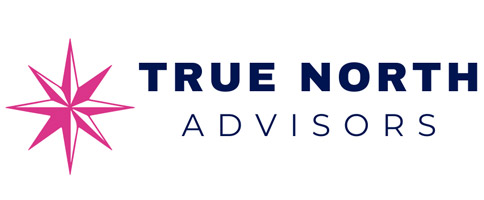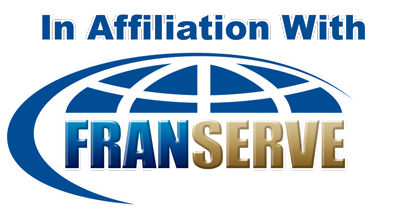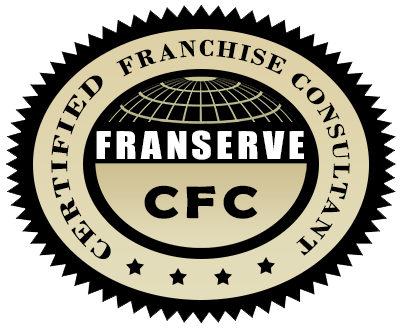From Employee to Entrepreneur: Making the Mindset Shift

From Employee to Entrepreneur: Making the Mindset Shift
The leap from being an employee to becoming a business owner is as much mental as it is practical. Even in franchising where you benefit from a proven system and support, your greatest challenge is often what’s between your ears: fear, limiting beliefs, and a conditioned “employee mindset.” If you can reframe how you see yourself, your opportunity, and your fears you’ll position yourself for growth, resilience, and real ownership.
Below I walk through how to make that shift (and reduce the fears holding you back).
Recognize the Differences: Employee vs. Entrepreneur Mindsets
To change your thinking, you must first see where you currently are. If the statements under Entrepreneur/Owner Mindset resonate with you, you're already be well suited to embark on your journey to business ownership.
Employee Mindset
I follow instructions.
I expect stability (salary, benefits).
My income is tied to hours or tasks.
I look to others (boss, management) to guide me.
Failure is dangerous.
Entrepreneur / Owner Mindset
I create strategy and make decisions.
I accept variability and manage risk.
My income depends on system performance, scalability, and leverage.
I’m accountable for results—success or setback.
Failure is a teacher; risk is part of growth.
Franchising helps soften the transition: it gives you structure, proven systems, brand strength, training, and support. You're in business for yourself but not by yourself with franchising. But you still need to shift your thinking to extract maximum value from that support.
Reframe Fear — Don’t Deny It
One of the biggest stumbling blocks is fear of failure or the thought, “I won’t be good enough.” But fear itself is not your enemy, it’s how you interact with it that matters.
- Feel it, name it, then reframe. Instead of “What if I fail?” ask, “What if I don’t try?” or “What will I regret more?”
- Use fear as fuel. Many successful entrepreneurs don’t lack fear, they learned and decided to act in spite of it.
- Adjust your expectations early. As an employee, you often got near-immediate feedback (a raise, appraisal, bonus). In business ownership, returns take time. You have to be patient and persistent.
When you normalize that entrepreneurship will stretch you, and that setbacks happen, you reduce the pressure of needing everything to go right immediately.
Build a Growth-Oriented Identity
Your future self must begin with how you see yourself today.
- Start acting like a business owner now. Talk to current franchisees. Do discovery calls. Learn the daily realities and internalize that you can do this.
- Acknowledge strengths and gaps. What skills do you bring—leadership, sales, organization? What areas will you need help with—finance, marketing execution, operations? Be honest now so you can plan support and task others how they planned to fill their gaps.
- Connect to your “why.” When you hit tough days (and you will), a clear purpose anchors you. Freedom, autonomy, generational wealth, leaving a legacy. Whatever it is, keep it close.
- Get comfortable being uncomfortable. Operating outside your comfort zone becomes your growth zone. You’ll have to say “I don’t know” often, then find answers.
Over time, you won’t just act like an owner, you’ll think like one.
Practical Shifts in Behavior (Not Just Beliefs)
Thinking differently is important, but it only carries you so far without actionable change. Here are key behavioral shifts many new owners must make:
- Work on the business, not just in it. As an employee, your role was often constrained. As the owner, you must delegate and develop systems. When starting your business through franchising, systems and standard operating procedures will be provided to you by the franchisor. Spend time strategizing (marketing, growth, systems), not just executing minutiae.
- Prioritize ruthlessly. Everything feels urgent when you’re new. Over time, learn to allocate your effort to the 20% of tasks that drive 80% of value (customer acquisition, retention, team development).
- Leverage the franchisor and community. Don’t reinvent the wheel. Use your franchisor’s training, marketing frameworks, operations manuals, and reach out to other franchisees for advice.
- Set feedback loops. Track metrics (KPIs) such as customer acquisition cost, churn, profit margins, labor efficiency. Adjust based on data, not feelings.
- Budget for setbacks. Build contingencies. Reserve capital or line of credit for months when cash flow is low. Expect surprises.
- Protect your energy and boundaries. Early entrepreneurship can feel like “always on.” But burnout kills momentum. Schedule rest, delegate, and protect your time.
Overcoming Common Objections (and Self‑Doubts)
Below are some common fears or doubts—paired with reframes and actions:
Fear / Objection “I don’t have entrepreneurial DNA.”
Reframe / Response Skills and mindset are developed, not inherited. Many successful franchisees came from corporate backgrounds.
Fear / Objection “What if I fail and lose everything?”
Reframe / Response Failure doesn't have to mean ruin. You can start with limited risk, learn fast, and pivot. Use a cushion.
Fear / Objection “I’m too late / too old / not technical enough.”
Reframe / Response Many people start in their 40s, 50s, or later. Franchising offers structure so you don’t have to reinvent tech or marketing alone.
Fear / Objection “What if customers don’t come?”
Reframe / Response That’s why you vet the market first, test marketing plans, research competition, and lean on franchisor support.
Fear / Objection “I don’t have the money / funding will be hard.”
Reframe / Response Explore financing strategies (SBA loans, third-party lenders, partnerships). Choose franchises with manageable capital requirements.
Your First Action Steps (Mind + Motion)
Here’s a suggested “startup checklist” to begin your shift now, before quitting your job (if you currently have one):
- Journal your “why.” Write down your core reason(s) for pursuing business ownership.
- Shadow and interview. Talk to at least 2–3 current franchisees. Ask about daily highs, lows, surprises.
- Learn foundational skills. Take short courses in accounting, operations management, or marketing.
- Map your financial buffer. Calculate how many months of personal expenses you need covered before your business breaks even.
- Enroll in discovery calls. Even just to see what’s possible; act “as if” you’re already a candidate.
- Set a timeline. Give yourself deadlines. “By month X, I will commit to one franchise opportunity or walk away.”
- Build your support system. Mentor, coach, peer group, or community of other entrepreneurs.
Final Thoughts: Moving from employee to entrepreneur (even via franchising) is not a flip-the-switch moment. It’s gradual. You’ll rewire assumptions, rebuild habits, and learn through doing.
The point is not to eliminate uncertainty, but to become someone who acts despite it. Entrepreneurs don’t have to be perfect—they just have to be committed, adaptable, and relentless in growth.
9/24/2025



